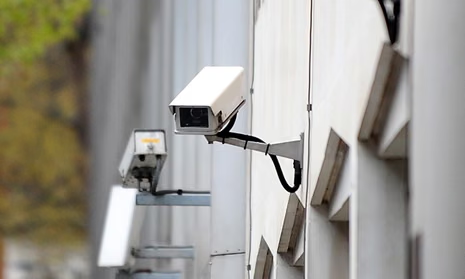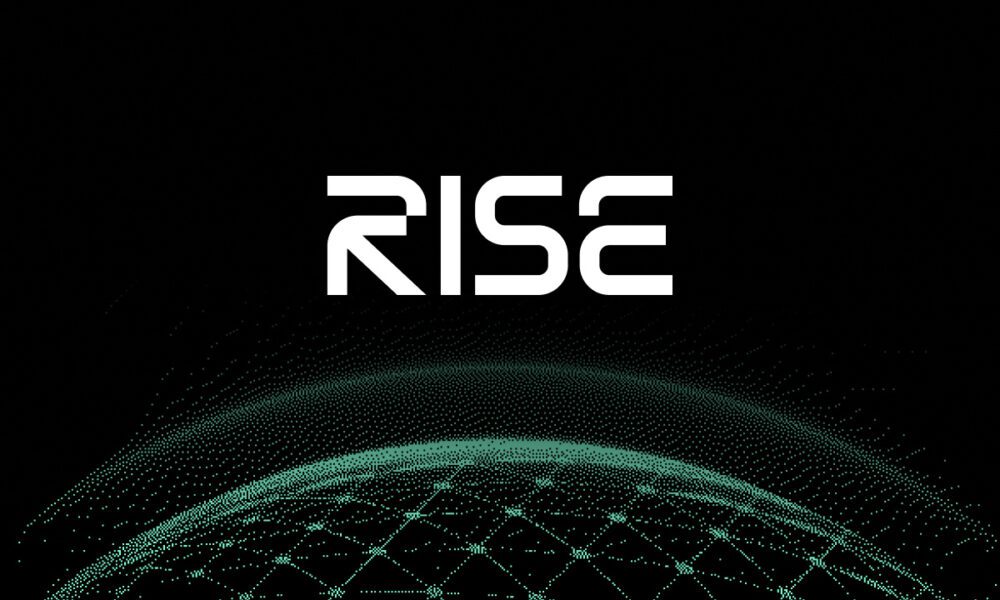The Role of CCTV in Modern Business Security
Businesses are increasingly investing in CCTV as a strategic measure for improving security and reducing financial losses. Closed-circuit television systems offer real-time monitoring, video recording, and remote access features that help businesses proactively manage risks.
Modern CCTV technology supports preventive action rather than just reactive investigation. Instead of relying solely on physical security or manual checks, organisations use surveillance as an integrated part of their risk management and operational control strategy.
From retail store owners to facilities managers and corporate security leads, the consensus is clear: visual monitoring helps prevent incidents, protect assets, and support safer working environments. As threats evolve, so does the importance of adopting intelligent, scalable surveillance solutions.
Why Businesses Are Installing CCTV Systems
Businesses install CCTV systems to prevent theft, respond to incidents, and improve workplace safety. Surveillance is no longer viewed as optional—it is now a central component of operational security.
CCTV serves both preventative and investigative purposes. Cameras deter would-be intruders and enable accurate reviews of events after they occur. In high-risk sectors such as retail, logistics, and office environments, visual surveillance supports accountability and rapid response.
Many businesses seek business security systems with cameras that offer continuous monitoring, remote alerts, and integration with access control. These features help protect physical assets, monitor employee activity, and maintain a visible security presence that discourages unauthorised behaviour.
Reducing Costs Through Surveillance Systems
CCTV helps businesses reduce multiple categories of cost. These include operational expenses, insurance premiums, and loss-related overheads. Strategic use of surveillance leads to measurable savings over time, improving overall return on investment.
Surveillance systems are not just security tools—they are financial assets. A properly installed CCTV system contributes to cost reduction in areas such as:
- Reduced staff requirements for manual security
- Lowered theft and fraud-related losses
- Fewer workplace disruptions from incidents
Lower Insurance Premiums and Claims
CCTV reduces insurance premiums by lowering a business’s risk profile. Insurers offer better rates to companies with effective security measures, especially where footage can verify preventive action.
When incidents occur, video evidence speeds up claims processing and improves accuracy. Many insurers now require video documentation as part of formal claims, particularly in high-traffic or high-risk environments.
CCTV footage also protects businesses from fraudulent claims. By verifying what actually happened, it limits liability and protects against exaggerated or false reports.
Minimising Theft and Vandalism
CCTV deters theft and vandalism by increasing the perceived risk of being caught. Visible cameras influence behaviour, reducing the chance of internal misconduct and external criminal activity.
Security footage provides law enforcement and loss prevention teams with clear visual records. This assists in identifying suspects, verifying events, and recovering stolen property.
Businesses operating in sectors with high shrinkage or frequent incidents benefit most. Retail, warehousing, and transport companies often report substantial reductions in theft after installing CCTV.
Enhancing Workplace Monitoring and Compliance
CCTV supports compliance by helping businesses enforce internal policies and safety protocols. Surveillance tools enable real-time monitoring of workspaces, helping managers maintain standards and identify gaps.
Operational control improves when leaders can visually verify procedures. Footage helps address non-compliance quickly and supports employee training with visual examples of correct and incorrect behaviours.
Monitoring systems also protect staff. In the event of disputes or injuries, footage offers objective documentation that protects both employees and employers.
Supporting Safety and Incident Response
CCTV improves response during emergencies. Real-time feeds help safety officers and emergency teams assess risks, locate individuals, and coordinate evacuation or containment procedures.
Cameras placed in high-risk or sensitive zones help businesses monitor hazardous processes, restricted areas, or volatile work conditions. This visibility ensures rapid action when required.
Industries like manufacturing, energy, and construction use CCTV to support health and safety compliance. Footage verifies PPE usage, workflow adherence, and accident causes.
Key Features of an Effective Business CCTV System
Modern CCTV systems offer advanced features that go beyond simple video capture. Businesses benefit most from platforms that combine high performance, scalability, and intelligent automation.
Essential features include:
- High-definition recording for clear footage
- Remote access via mobile or desktop
- Motion-triggered alerts and anomaly detection
- 24/7 recording with secure cloud backup
- Easy scalability to support multiple sites or cameras
These capabilities support fast incident detection, consistent oversight, and reliable coverage across departments or locations.
Intelligent and Integrated Surveillance
Intelligent surveillance systems use analytics to detect unusual activity and alert security teams in real time. These alerts reduce response time and help prevent escalation.
Integration with broader security infrastructure, such as access control or alarm systems, creates a unified response framework. When someone enters a restricted area, for example, the system can simultaneously log the entry, trigger an alert, and record footage.
Security integrators recommend choosing platforms that allow future expansion and API connectivity. Scalable platforms reduce the need for costly replacements as business needs evolve.
Measuring ROI from CCTV Investment
Assessing return on investment involves measuring both direct cost savings and indirect business improvements. Metrics include reductions in theft, fewer incidents, improved claim outcomes, and enhanced operational efficiency.
CCTV also reduces risk exposure, which indirectly supports cost savings by preventing downtime, avoiding legal disputes, and maintaining compliance.
Businesses often ask: Is CCTV cost effective? The answer depends on implementation. Well-planned systems with clear objectives provide measurable outcomes. Footage that resolves one legal issue or prevents a single break-in can justify the full system cost.
Real-World Business Outcomes
A retail chain reduced inventory loss by 28% after installing intelligent surveillance across locations. A logistics company improved delivery verification and resolved client disputes using time-stamped footage. An office operator reduced insurance claims by 15% through accurate incident documentation.
These examples reflect how CCTV contributes beyond crime prevention. Improved productivity, reduced downtime, and better decision-making all add long-term value.
CCTV delivers strategic benefits that support both operational goals and financial stability.





























